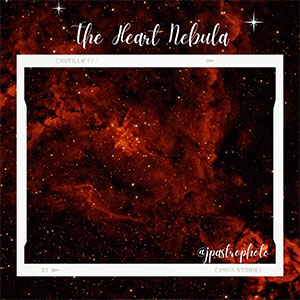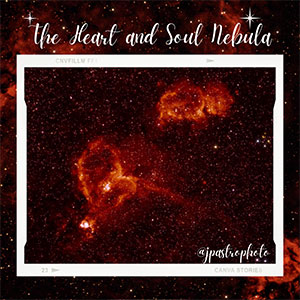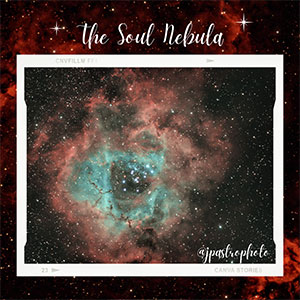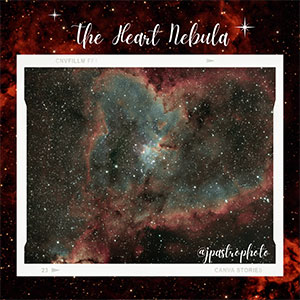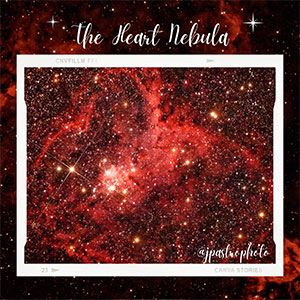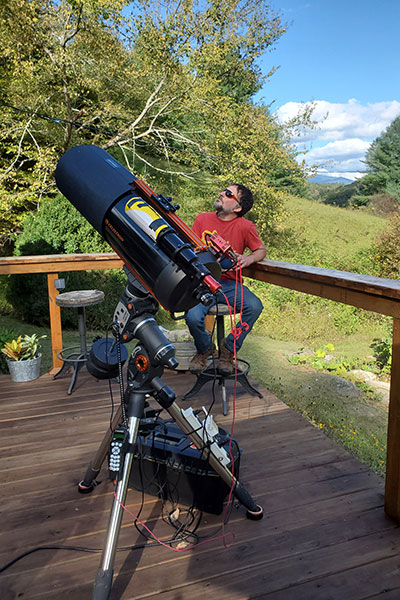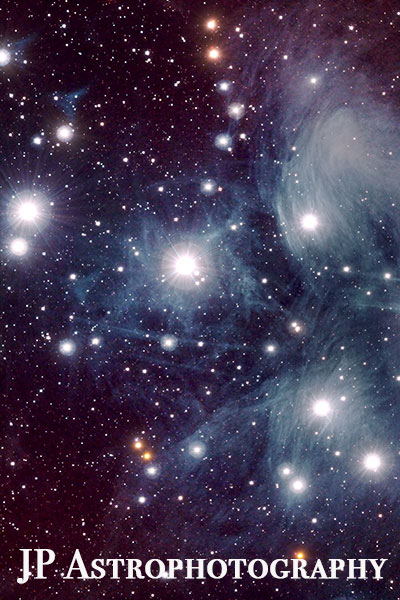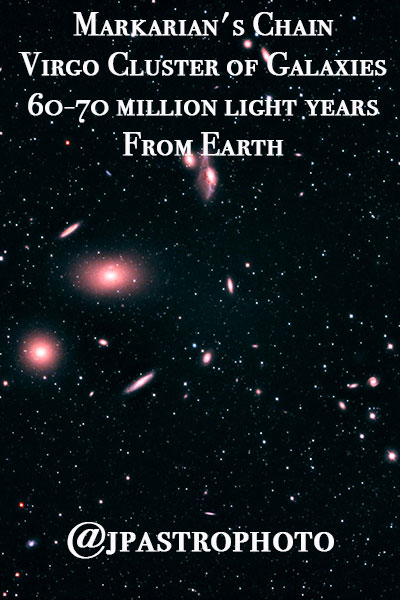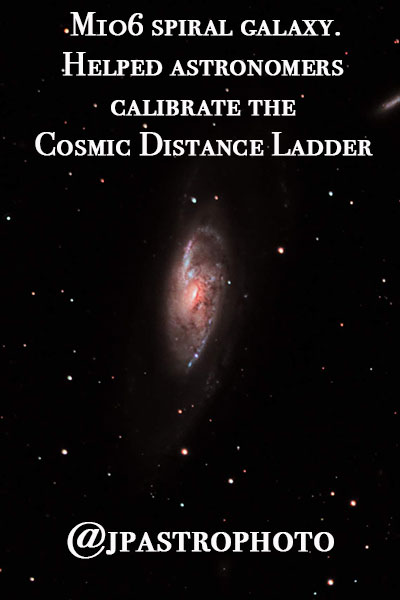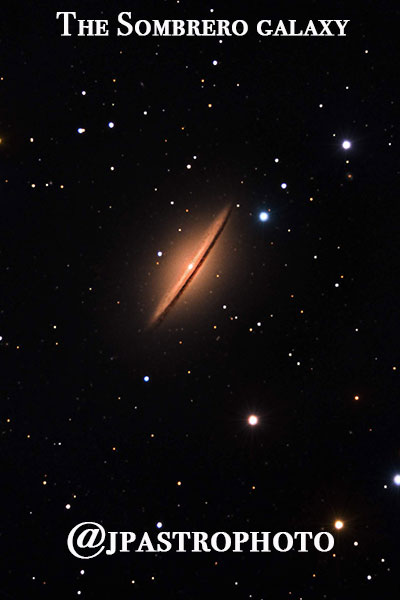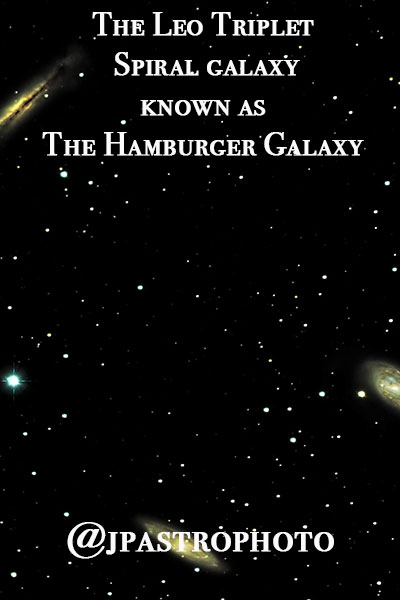Night Shift with an Astrophotographer
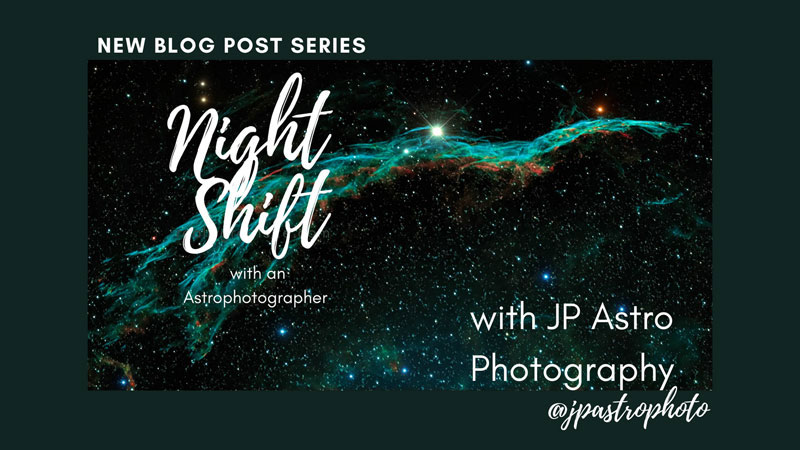
The stars depicted in the blog banner was taken by JP Astrophotography It is NGC6960, taken over 8 hours 51 minutes on 10/1-10/3, 540mm, full moon.
Night Shift With An Astrophotographer
Fantasy Romance February
Vampire Day Edition
On a very special Night Shift featuring JP Astrophotography, and just in time for Valentine’s Day (aka Vampire Day) here is a Night Shift on heart shaped, red hued nebulas to get you in the mood…
In honor of Valentine’s Day, JP Astrophotography is offering 10% off all metal prints, with code LOVELIGHT
Pagan Origins of Valentine’s Day
February 14th is the feast of St. Valentine in the Catholic church, but it was not always so. Parts of the celebrations on the 14th of February can be traced back to the pre-Roman empire festival of Lupercalia, a mid-February health and fertility ritual that was also used as a means of averting evil spirits.
The saint himself, Valentine, was purportedly martyred at the command of emperor Claudius II at the festival of Lupercalia, as a warning against the excesses of Pagan celebrations of love and love making. The irony.
Luckily, the pagan elements of Lupercalia have stuck around, and the gift of flowers, chocolates, champagne are associated with this transformed holiday, and not being flogged with strips of bloody animal hide. (Romans, smh.)
Sources: Llewellyn’s Sabbat Essentials, Imbolc: Rituals, Recipes & Lore for Brigid’s Day @Llewellynsbooks
Heart and Soul
A Vast Star-Forming Complex
Not just the song your piano teacher made you practice, they are Nebulae too!
The Heart and Soul Nebula pair are located in the Perseus spiral arm of the Milky Way galaxy, in the constellation Cassiopeia.
Named because of their shape and color, the Heart and Soul of the Universe present stunning images of star cluster metamorphosis.
The two nebulae have been described by NASA as “massive star-making factories”. The bubble rim apperance of the nebula that gives its distinct heart shape is due to the dust, radiation, and wind from the star clusters formation.
The Heart Nebula
Slightly larger than its Soul counterpart, the Heart Nebula is 650 light years across and is slightly farther from Earth at 7,500 light-years away. This iridescent nebula gets its name from both the bright pink ionized hydrogen gas and dark dust clouds giving it the familiar shape of a human heart.
In the heart of the Heart Nebula are young stars in an open star cluster; the energetic ionized light and winds of the star cluster are eroding the dust and particles within the nebula, creating irregular and mammoth shaped pillars of debris. Inside the cluster are a few bright stars nearly 50 times the mass of our Sun!
The Soul Nebula
Also formed around an open cluster of stars, the Soul Nebula is located approximately 6,500 light years from Earth and is about 150 light years across. Sometimes called the Embryo Nebula, it is estimated the cluster formed about a million years ago. Similar to the Heart Nebula, light and winds from the young stars in the cluster are creating a dark cavity and giant pillars of dust within the nebula cloud, all pointing to the central star cluster of the Soul Nebula.
Source: NASA https://sciehttps://science.nasa.gov/heart-heart-nebula nce.nasa.gov/heart-heart-nebula
https://science.nasa.gov/heart-and-soul-nebulas


